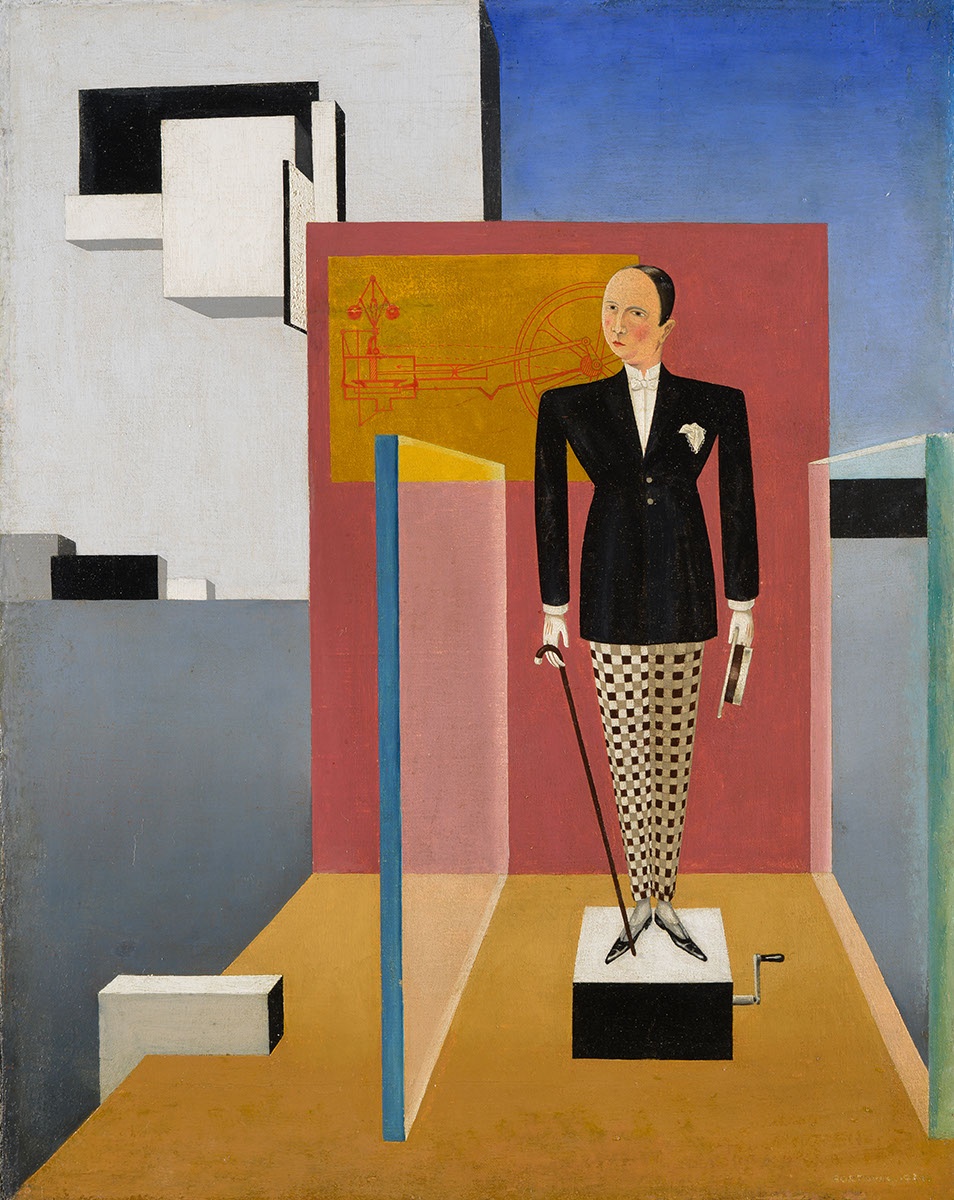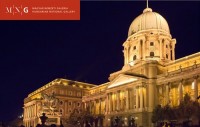In 1918 Sándor Bortnyik joined the circle of artists around the activist periodical titled MA. He was exiled in 1919, and came under the influence of the international Constructivist movement. Between 1922 and 1924 he lived in Weimar, where he met the artists of the Bauhaus. He painted abstract two- and three-dimensional compositions, which he subsequently populated with figures and objects. The New Adam is one such work. In this ironically toned painting, the artist takes a critical swipe at the “brave new world” of the Constructivists. Reminiscent of a showroom dummy, a wind-up, clockwork figure stands in the middle of the abstract composition like a puppet on a Bauhaus stage. Bortnyik took great pleasure in meticulously refining the details of the planes and geometric shapes, and the equilibrium and colour harmony of this abstract composition are delightful in their adherence to the best principles of Constructivist painting. Bortnyik treats utopian ideals with irony, but he cannot escape them, for he too is an active participant in shaping the “new world”.
en

